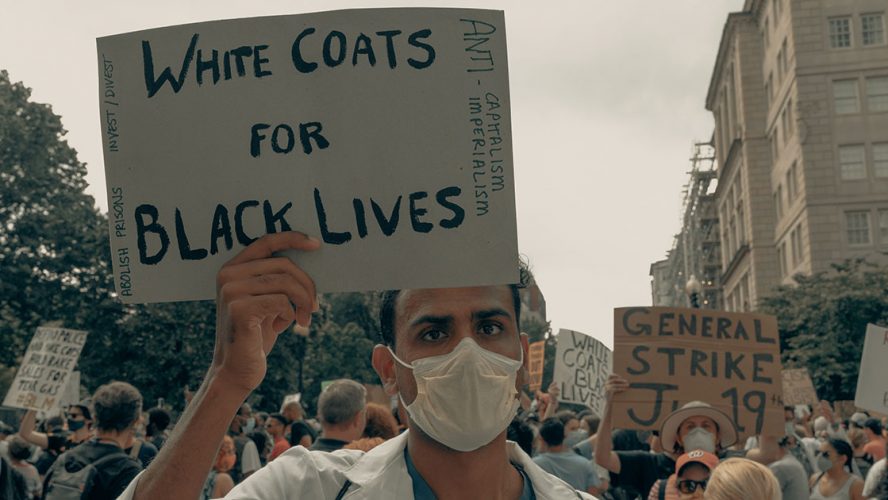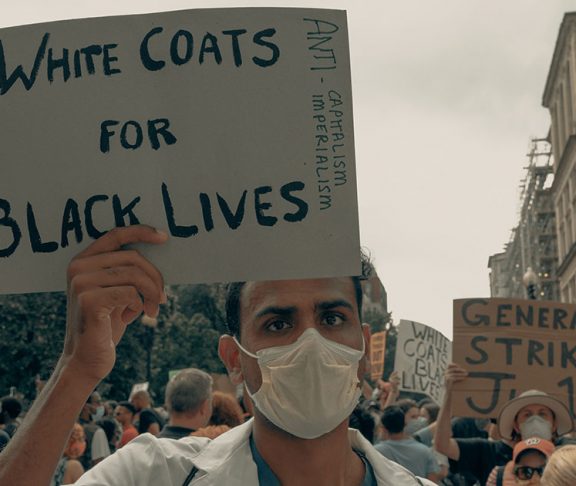
Jessica Kahn, M.D., MPH
President, Society for Adolescent Health and Medicine
Addressing racism and its central role in driving health disparities is essential to improving adolescent health and well-being.
The COVID-19 pandemic has highlighted and exacerbated the impact of racism on adolescent health. Longstanding health and social inequities have placed underrepresented minority youth at greater risk for COVID-19 infection, severe illness, and death. Factors that contribute to these disparities include a higher risk of underlying health conditions, crowded living conditions, which make social distancing more challenging, employment in the service industry or as an essential worker, more use of public transportation, poorer access to healthcare, and the stress response to racism.
Racism is a pervasive reality globally and in the United States, and it has profound and destructive effects on adolescent health and well-being, as noted in recent papers published by the Society of Adolescent Health and Medicine and the American Academy of Pediatrics. Racism is comprised of prejudice, stereotypes, and discrimination, and is a core social determinant of health that has far-reaching effects on adolescent health and well-being.
Widespread disparities
All levels of racism — institutionalized, personally mediated, and internalized — drive disparities in health outcomes. Experiences of discrimination lead to internalized negative stereotypes that preclude the development of a positive self-identity and may lead to depression, anxiety, and suicide during adolescence.
Discrimination leads to chronic stress responses that drive disparities in health conditions, such as hypertension. Disproportionate incarceration of Black youth has detrimental effects on their future economic security, health, and well-being. Violence perpetuated against people of color, especially Black men and transgender women, leads to mental health disorders and death. Systemic inequities and discrimination in school settings reduce the opportunity for academic achievement and lead to harmful effects due to excessive discipline and suspensions.
Steps towards progress
The first step in reducing the negative impact of racism on adolescent health and safety is committing to work that promotes justice, inclusiveness, equity, and respect for all individuals. As individuals, we can hold ourselves and others accountable for identifying and addressing racism in all its forms. White individuals can seek to understand the experiences of people of color with humility and the recognition that the legacies of the United States’ racial injustices continue to privilege us today.
Another important step is to train our clinicians to respond to youth experiences of racism. Research is needed to develop interventions to prevent racism’s negative effects in clinical settings, schools, and juvenile justice settings, as well as determine the best ways of implementing these interventions widely. Actively and intentionally using antiracism approaches to address racism and its fundamental role in driving health disparities will be essential to meaningfully improving adolescent health and well-being.

